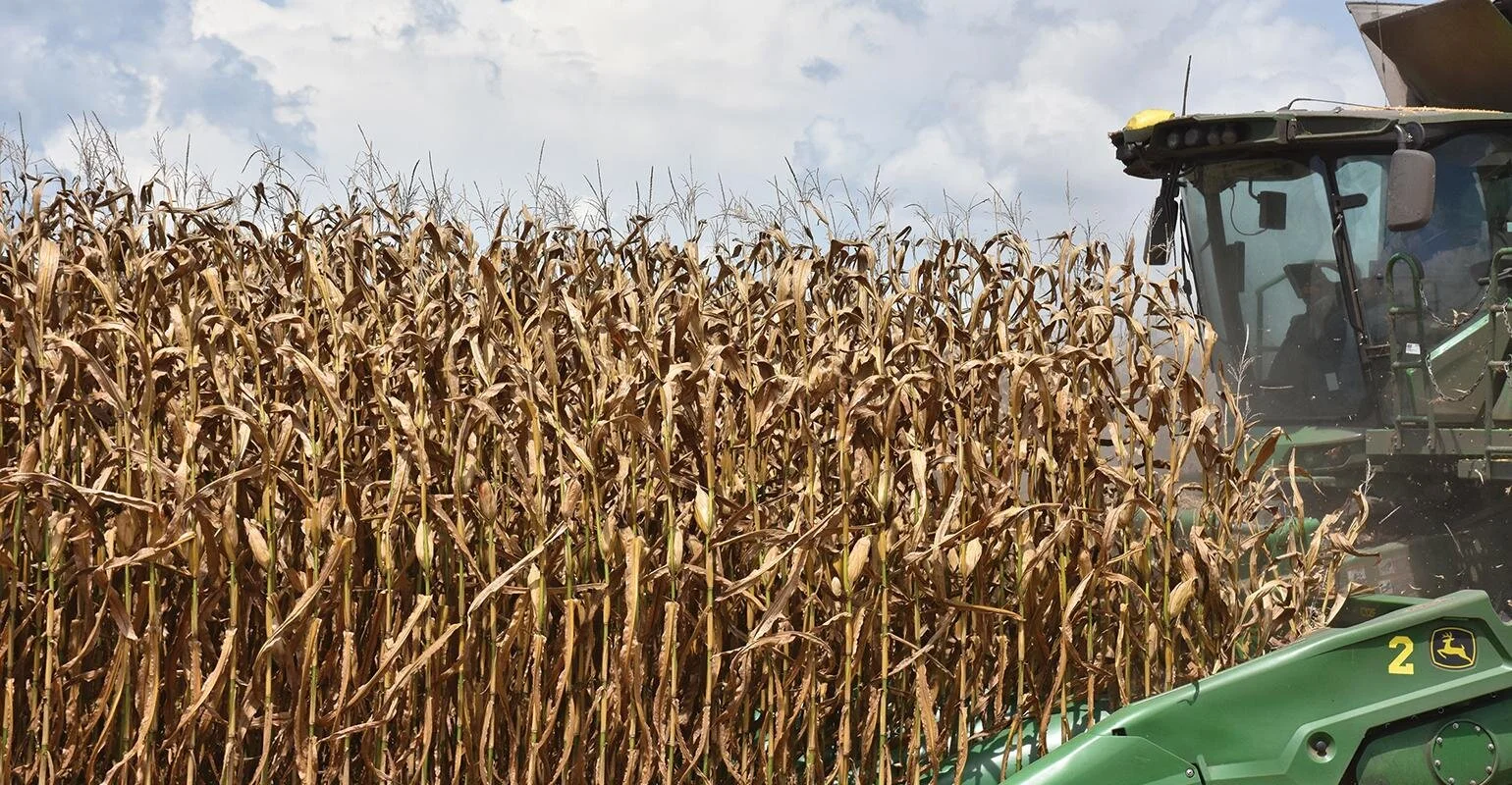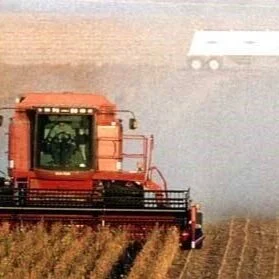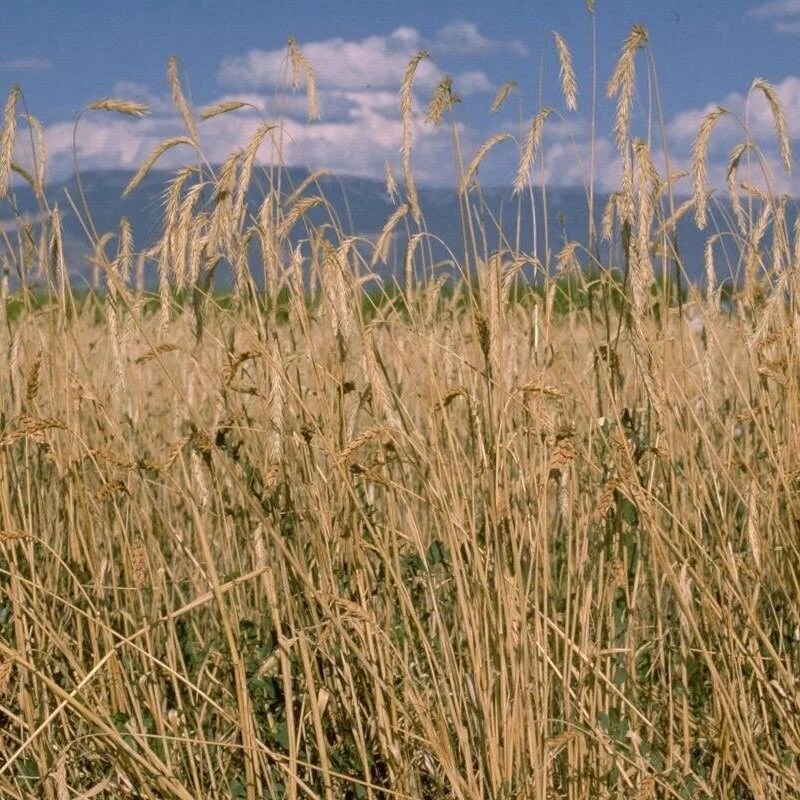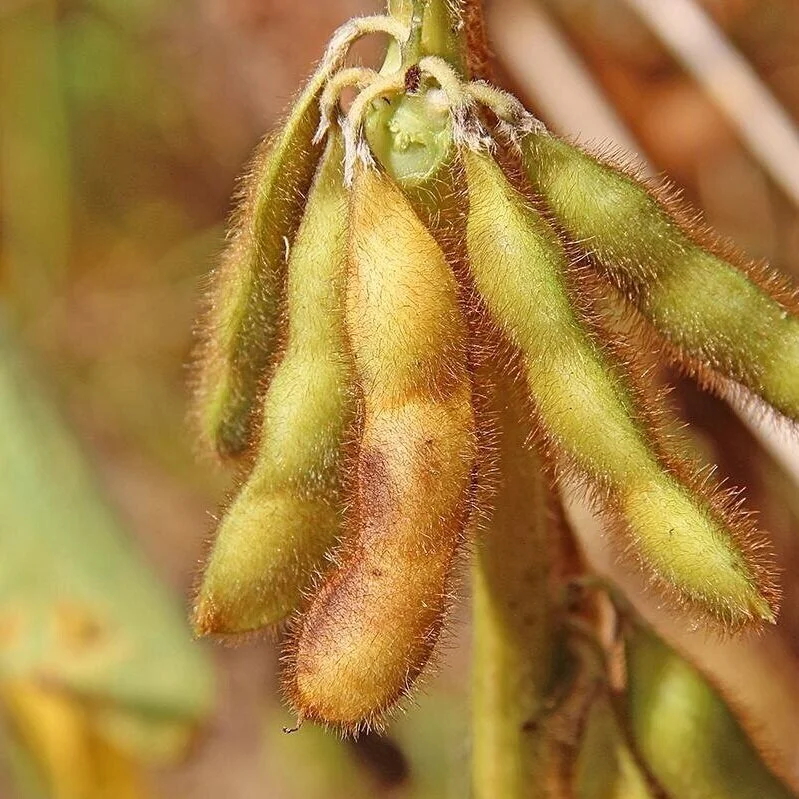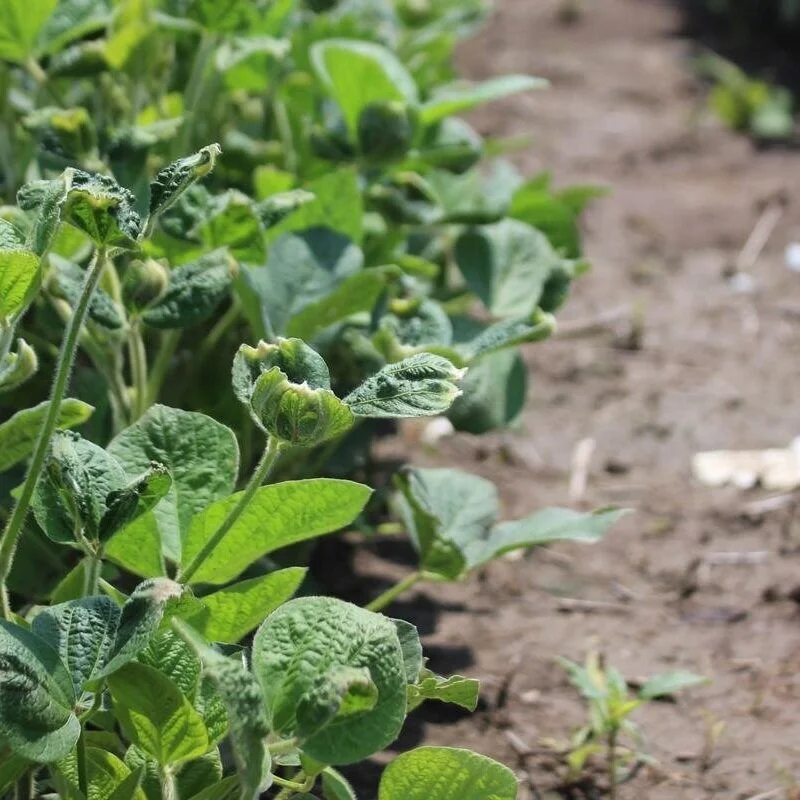Louisiana Growers Cautiously Optimistic About 2021 Harvest
An outstanding corn harvest and good prices are leaving Louisiana farmers with a sense of optimism as the state moves into the fall harvest.
Farm Press recently sat down with Louisiana Cotton and Grain Association Executive Vice President, Bobby Skeen to discuss the growing season and issues the organization is currently addressing.
Read More
Hurricane Ida Potential Crop Damage
The cotton crop is in really good shape this year across the Delta and Southeast, with its highest rating in five years.
However, Hurricane Ida is threatening to become a major hurricane that could threaten flood and wind damage in that area by Sunday afternoon into Tuesday.
(To see daily updates from DTN meteorologists and follow the track on Ida, go to www.dtn.com/hurricane-ida)
First, a look at the current crop situation in the area that could potentially be hit.
According to the USDA NASS data, the good-to-excellent rating of 71% for the cotton crop is the highest rating in the past five years. All states in the Delta and Southeast have at least a 70% rating except for Tennessee, which is at 67%.
Read More
Technology Helps Break Plant Breeding Barriers
Choosing the best crop variety to maximize yield and profitability while still staying within budget is vital to any farm, whether its 100 acres or 100,000. It is also a driving objective for plant breeders that develop these varieties for farmers.
Plant phenotyping is an important part of that decision-making process in plant breeding and for farmers.
Read More
USDA to Measure Grain Stocks in Louisiana
During the first two weeks of September, the U.S. Department of Agriculture’s (USDA) National Agricultural Statistics Service (NASS) will be contacting farmers nationwide to determine the stocks of grains and oilseeds on farms in the United States. In Louisiana, producers will be contacted for on-farm storage of corn and soybeans as of September 1.
Read More
Louisiana Soybean Crop Needs Moisture In Some Areas
Louisiana soybean producers had some dicey moments at the start of this years planting season. But LSU AgCenter/Extension Service Soybean Specialist Dr. David Moseley reports the crop has improved throughout the season. “The main thing that’s been holding us back, that I’ve seen, is the continuous rains have kept the soil saturated,” says Moseley. “And with saturated soils they’re going to have different problems including low soil oxygen levels and also just difficulty in making applications.
(This report a service of the Louisiana Soybean, Grain Research and Promotion Board)
Read More
Applying Harvest Aids To Louisiana Soybeans
Use of a herbicide as a desiccant in soybean has become popular to potentially improve harvest efficiency in Louisiana. Herbicides such as paraquat, Aim, Sharpen, and sodium chlorate are labeled for use in soybean as a desiccant, but paraquat is the most widely used.
The paraquat label states at least 65% of pods should be mature or moisture content should be 30% or less for indeterminate soybean varieties; and at least 50% of the leaves should have dropped and remaining leaves should be yellow for determinate varieties.
Read More
Soybean Export Sales Jump Significantly Higher
Analysts were anticipating a big rise in soybean sales in USDA’s latest weekly export report, out Thursday morning and covering the week through August 12. Total sales came in even better than expected, exceeding the entire range of trade guesses. Corn and wheat sales were also solid this past week, staying within the range of analyst estimates.
Read More
Well Nodulated Soybeans Shouldn't Need Added Nitrogen
Nitrogen is contained in chlorophyll, and chlorophyll is needed for photosynthesis, where carbon dioxide (CO2) and sunlight are turned into plant carbon/dry matter. Nitrogen is also contained in protein, so amino acids, the building blocks of protein, depend upon plant N.
After water, N is most often limiting to crop production.
Read More
Top Soy Producer Brazil To Boost Plantings For 15th Year
Buoyed by strong demand, Brazilian farmers are poised to expand their soybean area for the 15th consecutive year, a survey by agribusiness consultancy Datagro released on Friday showed.
The area planted with soybeans in the world's largest producer and exporter is expected to increase by 4% to 40.57 million hectares (100.2 million acres) in the 2021/2022 cycle, Datagro said.
Read More
Study Finds Cover Crops Can Reduce Waterhemp Pressure
Cover crops have long been touted as a way to reduce weeds in fields. One University of Missouri study found that one cover crop helps in management of the fast-growing weed waterhemp.
Waterhemp has been known to grow up to 1 inch per day, making control difficult. However, MU Extension weed scientist Mandy Bish and a team of researchers studied how planting soybeans into a green cover crop helps with early-season waterhemp emergence.
Read More
United Soybean Board Programs Set For '22
The United Soybean Board for the first time in over a year has finished its July meeting with all the board members present in person.
Illinois farmer Dan Farney, USB Chairman, says they got a lot of work done.
“The major things we do at the July meeting is always prepare our portfolio of work for the coming fiscal year, which will start October first,” says Farney.
Read More
USDA to Measure Crop Production Throughout the Growing Season
How will this year’s weather conditions affect crop production? The Monthly Agricultural Yield Survey conducted by the U.S. Department of Agriculture’s National Agricultural Statistics Service (NASS) will survey U.S. farmers beginning July 30, 2021, regarding yields of the major row crops and hay, as well as hay stocks throughout the growing season across the United States.
Read More
Seeking Incentives For Promoting Soybean Sustainability
Brad Doyle says it’s easy to sell sustainable soybeans when you consider how many benefits soybeans provide to the world and the fact that growing the crop can have such a small impact on the environment.
But Doyle, a vice president of the American Soybean Association and a soybean grower from Poinsett County, Ark., says that doesn’t mean the soy industry can relax its efforts to keep sending a message about sustainability.
Read More
Irrigation Helps Soybeans Recover From Dicamba Drift
Irrigation is the best option for helping dicamba-injured soybeans recover yield, but be warned it is not all of the yield.
In a recent University of Missouri Integrated Pest & Crop Management newsletter, MU weed scientist Kevin Bradley and master’s student Brian Dintelmann shared the results of a three-season research trial to determine what tactics, if any, could be used as a recovery treatment for dicamba-injured soybeans.
Read More
Winter Storm Helped The Louisiana Soybean Crop
Wet weather and high temperatures were the biggest problems facing Louisiana soybean producers before they got all of their crop in the ground.
And LSU AgCenter Soybean Specialist Dr. David Mosley reports insect and disease pressure have bee light so far.
Read More

